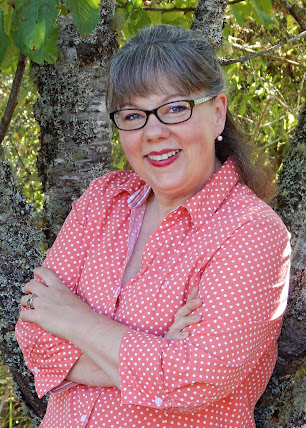Since we moved to our mountaintop homestead in the summer of 2016, we've planned to create a canning kitchen - a place set aside just for preserving our homegrown food. The original structure on our homestead, which appears to date from the 1950s or 60s, seemed the logical choice. Until recent years, people had lived in it, so while it doesn't have a toilet (they used the woods instead), it does have electricity and plumbing. It already housed the washer and dryer, the dog-washing tub, and a wonderful old sink. All it really needed was a cook stove...plus, a lot of clean up.
Why I Want a Canning Kitchen
So why, you may ask, do I want a separate area just for canning and preserving? My reasons are many:
1. It prevents the house from getting uncomfortably hot during canning season. (Our house has great passive-solar properties, so we definitely don't need to warm things up in summer!)
2. It prevents my tiny kitchen from becoming more crowded. I simply don't have room to store all my canning tools and supplies inside the house - but there's plenty of room for all that in the canning kitchen.
 |
| The original structure on our homestead...which is now a canning kitchen. |
4. If I have a canning kitchen, my house kitchen need not be a constant mess during canning season.
My hubby worked hard to make this preserving kitchen happen, and I am grateful!
How We Did It
 | ||
| I wish I'd taken a proper "before" photo. This is a shot after the building was already largely cleaned up. |
Next, there was the question of the stove. For canning, an electric coil stove is best. I'd tried canning on our house's gas stove (fueled by propane) and it took forever to get the water to a boil...plus it ate up a lot of propane, and our tank is small. Last summer, my husband set up a turkey fryer burner on the porch. That was nice in that it kept the house cool, but it was extremely difficult to get the burner low enough in temp that liquid didn't siphon out of the jars while canning. Plus, I still had to warm liquids and cook any foods inside, bring jars inside and fill them, and then walk them outside to put in the canner. A bit of a pain.
 |
| The area I chose for my canning stovetop. |
My hubby got pretty annoyed at me once or twice because I refused to buy used coil top stoves we saw in thrift stores. I just figured we weren't ready for them yet...and as it turned out, I think we ended up with something better: One of my husband's co-workers had a drop-in stovetop, which he gave us for free. Free is good!
 |
| The neat vintage sink already in the building. |
 |
| Door turned counter. |
 | |||
| The door was originally an ugly 1970s dark brown. But once sanded... | it is lovely! |
 |
| Look at that gorgeous grain! |
 |
| I love the original hole for the knob. Upcycling is cool! |
Eventually, I hope to have closed cupboards beneath the counter, for storing kitchen towels and such.
 |
| Where my hubby's tools sit in this photo is my vintage work table. |
 |
| A rustic utensil holder. |
 |
| What a view! |



No comments